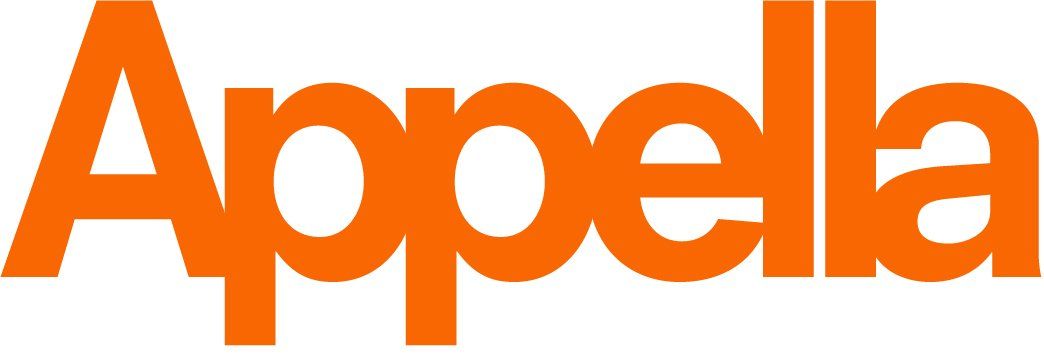Brand Name Trends Through the Years – What’s Nxt?
Trends in brand and product names tend to sweep through the country leaving no industry unturned. From automotive to food, trends for brand names can be the result of anything from politics to pop culture.
Some trends have transcended the common expiration date and are still alive today. In the 1970s, “x” suffixing and prefixing was quite fashionable. You’d instantly recognise some names such as Xerox, Cemex, Exxon, and Xanax. Across the pond, Clorox, Kleenex, and Windex were all household names in the 1910s, 1920s, and 1930s, respectively. On the other hand, some trends die out such as the scientific “-ine” suffix of the 1870s that you can see in Ovaltine, Listerine, Vaseline, and moustache gel Thrixaline, and the Quaker family names for confectionary, Fry’s, Rowntrees, and Cadbury’s.
As we discussed in our recent blog, The Use of Numb3rs in Br4nd Name5 , numbers have been used throughout brand history for a variety of reasons. Less of a trend and more of a style, numbers can relay meaning about a brand or even be seen as lucky.

In the 1990s, along with the Dot Com Bubble , was the rise of brand names with “e-” as well as the “.com” suffix, also known as TLD (Top Level Domain). The advances in electronics and technologies surely had some input as we saw Match.com, Pets.com, and Boo.com.
In the 1990s, we also saw the use of acronyms. FCUK, which stands for French Connection United Kingdom, was part of a rebrand in 1991. Of course, the use of the acronym helped to gain attention because, at first glance, it looks like an expletive. WKD is another example of an acronym. The popular vodka beverage is pronounced “wicked” and came in a rainbow of colours. FUBU, founded in 1992, stands for “for us, by us” and is a clothing brand designed for the black community in the USA. With this love for acronyms in mind, some people believed that Adidas stands for “all day I dream about sports.” However, it is actually a portmanteau of the founder’s first name and surname, Adolf (Adi) Dassler.
In today’s culture, brands have instant worldwide reach thanks to the internet. With this reach comes the need for names that can both compete on a global level and have the sought after .com TLD. The internet has also increased the creativity in the naming field to enable the elusive .com to be tied to the brand name. Blends are one way of getting around this particular obstacle, think Travelocity (from “travel” and “velocity”), Accenture (from “accent” and “future”), Pinterest (from “pin” and “interest”) and Appella’s names for Mars product Fruitasia (from “fruit” and “fantasia”) and FT top 250 company Essentra (from “essential” and “central”).

Another current company naming trend is adding the “-ify” suffix. Starting with the widely popular Spotify in 2008, Crunchbase, an innovative company directory platform, had 338 brands registered that used “ify” or a variation as of 2014. On this list is Bizify, an online business directory; Healthify, healthcare software; and Distractify, a leading source of entertainment news. The “-ify” suffix is used in English to transform a noun or adjective into a verb. Despite this usage in our language, some brands have used the suffix on a name that is already a verb (Boostify, an in-app marketing tool, for example).
What these modern brand name trends do is literally bring a brand to life. By creating a verb with –ify, the brand names are instantly given life that, without the suffix, would be non-existent.
Another internet-age trend in brand and product naming is vowel deletion which is also known as disemvoweling. First documented in the 1990s, vowel deletion became especially popular in 2008 and was even named in the Top 50 Inventions of 2008 by TIME Magazine (it ranked at #42). This method has been seen throughout brands, products, and companies. Originally, Twitter was twttr but made the switch to include vowels shortly after launch. The Twitter team were reportedly inspired by Flickr, a photo and video hosting website. Other brands with disemvowelment include WKD, Tumblr, TRND Labs, Slobbr, Grindr and UNBXD. Despite the lack of vowels, readers are still able to pronounce these brand names with ease.
Vowel deletion is a widely discussed topic. While some may think that it’s laziness and brought on with txt speak (the shorthand typing used for text messaging), that’s not quite the case. Having the final consonant as a syllable is actually quite common in east Slavic languages. Additionally, vowel deletion allows brand owners to trademark an otherwise common word.
If you’re in need of a new brand or product name, drop us a line or visit us on our social media pages. The experts at Appella can discern the trendy from the smart to give your brand the longevity it needs.
Do you think you could predict any brand name trends for 2017?
